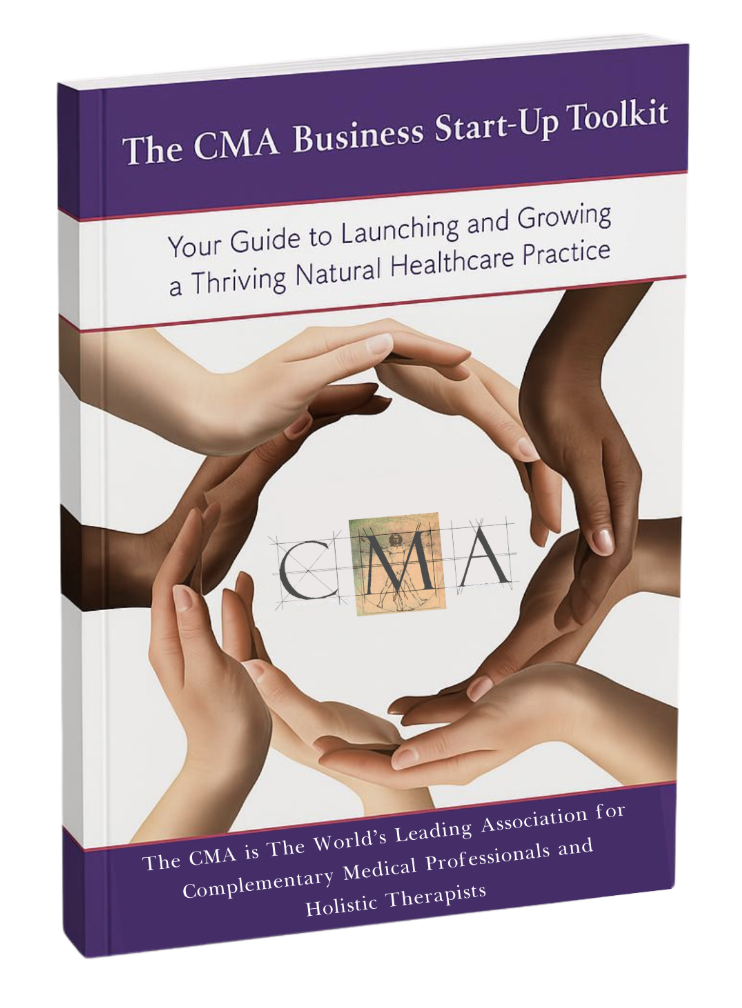Ignatia – Homeopathic Remedy
Ignatia (Ignatia amara)
Carrying a bean from this plant was believed to ward off the plague in days gone by!
This plant is commonly known as St Ignatius’ bean, named after the Jesuit founder Ignatius Loyola (1491-1556), since it was Spanish Jesuit priests who brought the seeds to Europe from the East in the 17th century. These seeds are extremely poisonous, containing strychnine, which affects the central nervous system. However, as with all homeopathic remedies, the toxic effect is lost due to the repeated dilutions, and only the therapeutic effect remains.
Other names: St Ignatius’ bean.
Description and places it grows in
A tree native to the Philippines, China, and the East Indies.
Parts used
Powdered seeds.
Uses
Homeopaths may prescribe this remedy for:
Emotional trauma such as sadness, shock, loss, and bereavement displaying the following symptoms: Denying of one’s feelings, sleeplessness, anger, hysteria.
Fear and anxiety displaying the following symptoms: Outbursts of crying, self-pity and blame, insecurity, depression, headaches, and upset stomach.
Menstruation displaying the following symptoms: Sharp pains, absence of periods.
People requiring this remedy will feel worse: In a cold climate, when emotionally traumatised, being touched, when smoking or drinking coffee.
People requiring this remedy will feel better: In the warmth, when moving about, eating, lying on the painful side, after urinating.
People suitable for this remedy are often female, prone to self-flagellation (on an emotional level), and of an artistic bent. They are sensitive, intelligent souls, sometimes highly strung. They don’t like crowds or small, enclosed spaces, as well as being scared of being burgled or hurt emotionally.
The information given on this site about homeopathic remedies is just a general overview. Classical homeopathy takes all the patient’s symptoms into account and prescribes upon the “Totality of Symptoms”, thus finding the precise remedy that matches the patient’s symptoms perfectly.
Here, at The CMA we recommend that anyone interested in learning more about homeopathy and the fascinating remedies that homeopaths use should take an introduction course to homeopathy, which will help you to understand how to become a good home first-aid prescriber. This is ideal for ‘acute symptoms’. However, if you want to learn more – with a view even to becoming a professional homeopath, who is educated highly enough to be able to treat chronic conditions, you’ll need to be prepared to spend many years learning this vast and fascinating topic – along with anatomy, physiology and pathology, history of medicine, homeopathic philosophy, and much more. You’ll find both kinds of courses here on this site – head to our section on Find a CMA Member and search under CMA Registered Training Schools.


